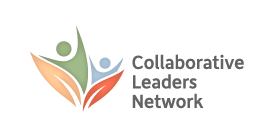Identify an issue in the community that has the potential to benefit from a collaborative process, and which is likely to engage participants and garner long-term support for implementing solutions.
Drawing on the community’s vision, problem areas on Kauai are individually evaluated for: their appropriateness as a strategic point of intervention; their potential for benefitting from a collaborative effort; their alignment with KPAA’s mission and values; as well as the likelihood of attracting funding and producing tangible results and positive action.
The issues need to be compelling enough to interest those who can contribute to solutions as well as those who might be involved in implementing the solutions long-term. As many issues are interrelated, tackling one can spark action toward resolving others, and should be considered for this domino effect.
Once an issue has been identified, an initial, pre-budget case statement is developed to help build support for the collaboration. The planning should include individuals from those organizations or agencies that might consider taking on long-term responsibilities likely to result from the collaborative process.
This stage differs from initial stages in many strategies, in that an organization that is not tied to the subject matter takes the lead in formulating the strategic issue and garnering support for the process from partners. This level of involvement exceeds that of most conveners.
The viability of a collaboration is always contingent on the availability of project leadership to participate in and sustain it.
